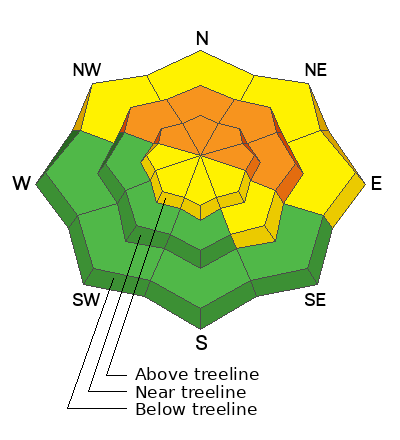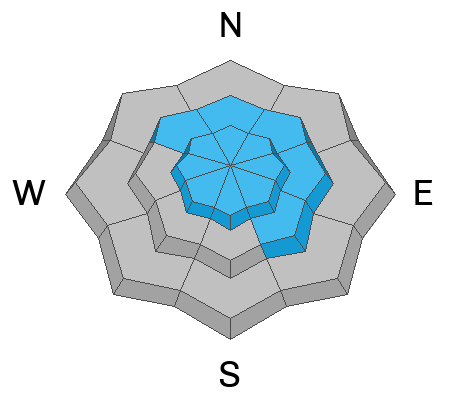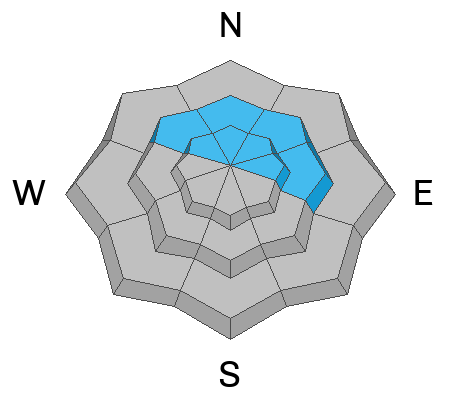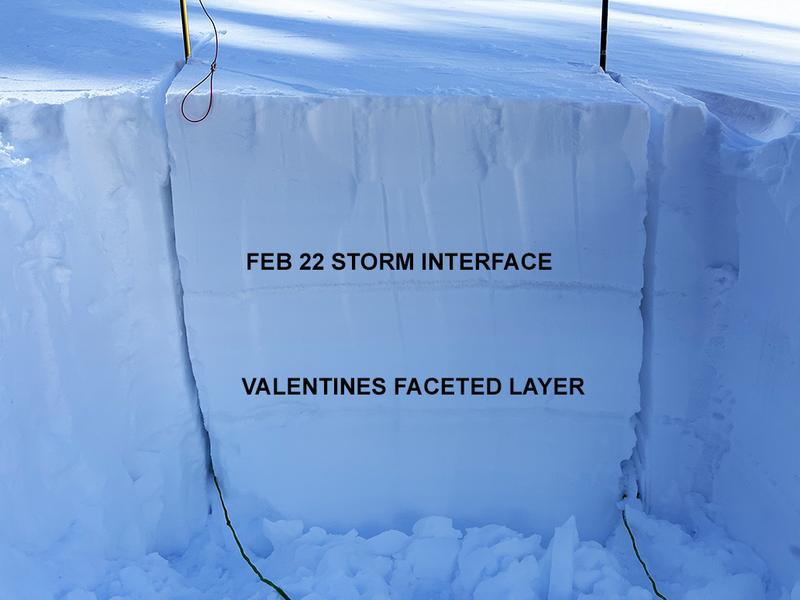Forecast for the Moab Area Mountains

Issued by Dave Garcia on
Thursday morning, March 2, 2023
Thursday morning, March 2, 2023
Today the avalanche danger is CONSIDERABLE. Human triggered avalanches are LIKELY on steep slopes with recent deposits of wind drifted snow near treeline and above that face NW-N-NE-E. In some areas, thick slabs of drifted snow exist over buried weak layers where you can trigger a deeper and more dangerous avalanche. Avoid steep, wind loaded, northerly aspects. Shifting winds will create shallow, soft slabs of wind drifted snow on Southerly facing slopes where you will find a MODERATE danger.

Low
Moderate
Considerable
High
Extreme
Learn how to read the forecast here









